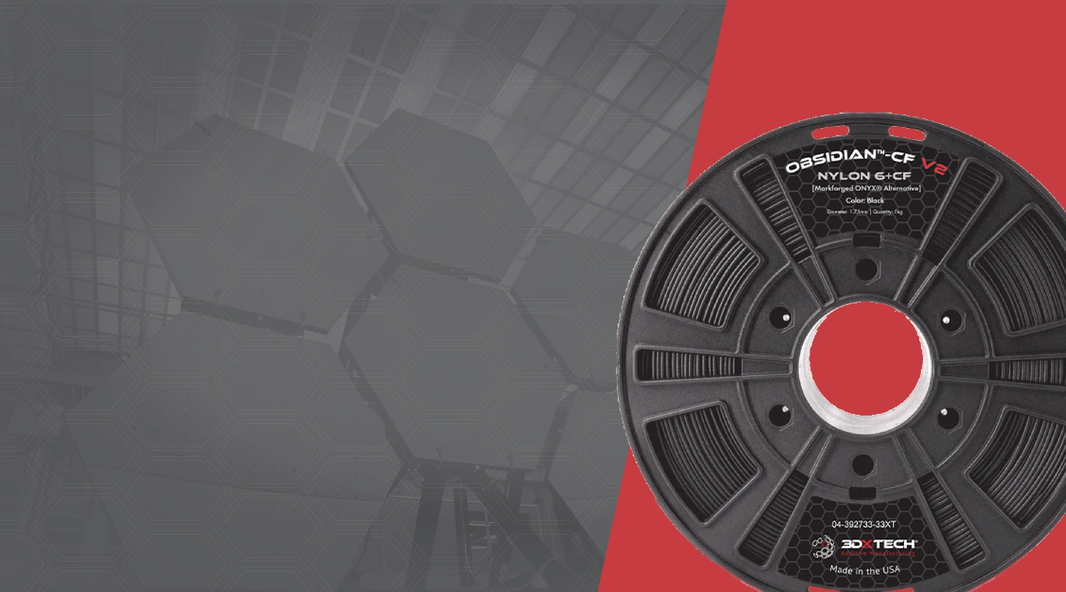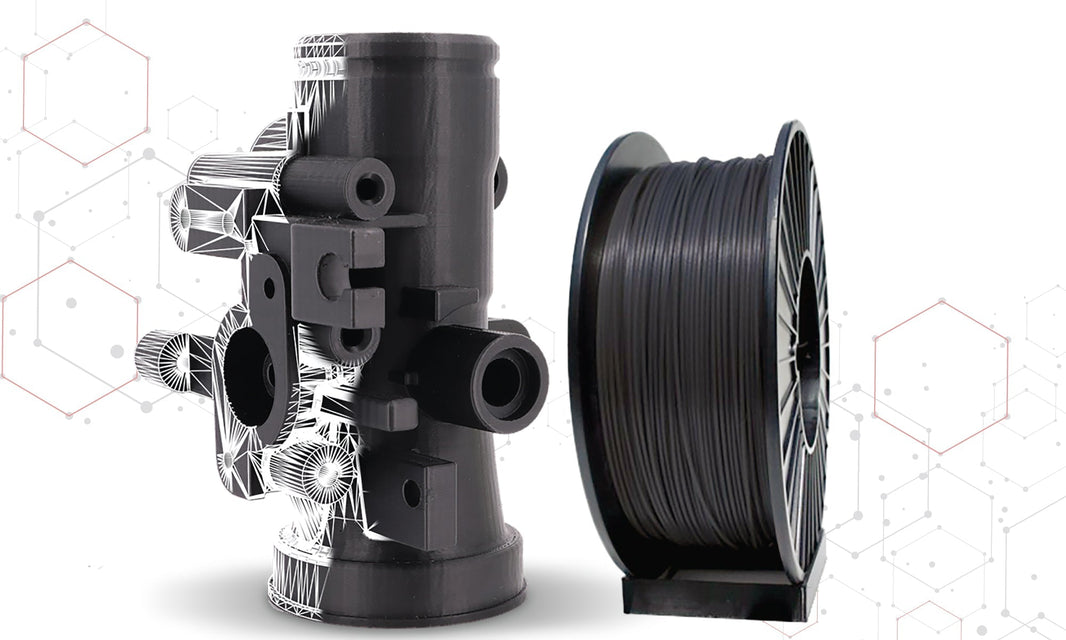3D Printed Jigs, Fixtures, and Tooling: Improving Manufacturing Efficiency
Engineering-grade 3D printing filaments are transforming the way manufacturers produce jigs, fixtures, and tooling. By leveraging high-performance thermoplastics such as Nylon, Polycarbonate, and PEEK, PEKK, and ULTEM, engineers can create strong, durable, and lightweight tools that reduce lead times, lower costs, and improve overall manufacturing efficiency.
In this article, we’ll explore the benefits, applications, and industry use cases for 3D printed tooling.
Why Use 3D Printing for Tooling?
Traditional manufacturing of jigs, fixtures, and tooling often requires machining or molding metal or composite parts. 3D printing provides several advantages:
- Speed: Rapid production from concept to usable tool in hours or days.
- Cost Savings: Reduced material waste and elimination of expensive machining setups.
- Customization: Tailored tools for specific parts, assemblies, or processes.
- Weight Reduction: Lightweight tooling reduces operator fatigue and handling challenges.
- Functional Testing: Tools can be tested and iterated quickly before full production.
Engineering-Grade Filaments for Tooling
Nylon Filament
Nylon filament offers excellent toughness, impact resistance, and wear performance. Carbon Fiber and Glass Fiber reinforced Nylons enhance stiffness, making them ideal for durable jigs, fixtures, and wear-prone tooling.
Polycarbonate Filament
Polycarbonate filament provides high strength, heat resistance, and dimensional stability. It is ideal for manufacturing tooling exposed to elevated temperatures, repeated mechanical stress, or chemical contact.
PEEK, PEKK, and ULTEM Filaments
Ultra-performance thermoplastics such as PEEK, PEKK, and ULTEM allow for tooling in extreme environments. They are perfect for aerospace, automotive, and defense applications where conventional materials cannot meet thermal or mechanical demands.
Applications of 3D Printed Tooling
- Jigs: Alignment and positioning aids for assembly lines or complex parts.
- Fixtures: Holding and stabilizing components during machining or testing.
- Production Tooling: Short-run molds, end-of-arm tooling, and custom assembly aids.
- Prototypes: Functional tools to validate design and ergonomics before full-scale production.
- End-Use Parts: Lightweight, durable components used directly in the manufacturing process.
Industry Use Cases
- Aerospace: Rapidly produced assembly jigs, lightweight fixtures, and maintenance tooling.
- Automotive: Custom fixtures for under-the-hood components, interior panels, and assembly line aids.
- Defense: Mission-critical tooling capable of withstanding harsh environments.
- Manufacturing: Cost-effective production aids, inspection jigs, and short-run molds.
- Oil & Gas: Durable fixtures and tooling resistant to chemicals, heat, and mechanical stress.
Benefits Summary
- Faster Time-to-Market: Print tooling in hours instead of weeks.
- Reduced Costs: Lower material usage and eliminate expensive machining processes.
- Enhanced Design Flexibility: Easily iterate and optimize tooling designs.
- High Performance: Use engineering-grade filaments to produce tools capable of withstanding demanding industrial conditions.
Combining rapid 3D printing with advanced filaments empowers engineers to improve manufacturing efficiency, minimize downtime, and maintain high-quality production standards.
Conclusion
3D printed jigs, fixtures, and tooling using engineering-grade filaments represent a shift in modern manufacturing. From aerospace to oil & gas, these high-performance materials allow engineers to create durable, lightweight, and cost-effective tools while accelerating product development cycles. By adopting additive manufacturing for tooling, companies gain both speed and precision in production workflows.






